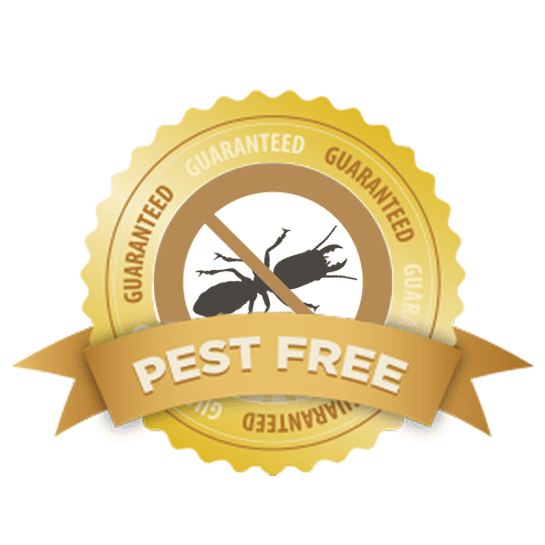A1 Pest Control Charlotte NC Bed Bugs - Professional Extermination Services
A1 Pest Control Charlotte NC Bed Bugs - Professional Extermination Services
Blog Article
Bed Insect Treatment Failure: Comparing Chemical Vs. Non-Chemical Solutions
In the world of bug control, specifically when taking care of the persistent concern of bed pests, the option in between chemical and non-chemical treatment solutions can be a pivotal one. Both strategies use distinctive benefits and disadvantages, influencing factors such as performance, security factors to consider, and total price. By checking out the nuanced information of each method, a clearer understanding of which course to pursue in attending to a bed insect infestation can be acquired.
Efficiency of Chemical Therapies
Chemical therapies for bed bug invasions have been commonly acknowledged for their powerful and fast effectiveness in removing these insects. When considering the effectiveness of chemical therapies, it is critical to understand that they can provide a quick and extensive option to a bed insect issue.
In addition, chemical therapies have the benefit of using residual impacts, suggesting that they can remain to get rid of bed insects even after the initial application. This residual action is particularly beneficial in combating any possible re-infestations. Additionally, the rapid action of chemical therapies can bring relief to individuals facing severe bed pest problems, enabling them to regain control of their living areas rapidly.
Safety And Security Worry About Chemical Solutions
One crucial aspect that requires mindful consideration when making use of chemical remedies for bed pest therapy is making sure the safety and security of occupants and the environment. Exposure to certain chemicals used in bed pest therapies can lead to breathing concerns, skin inflammation, or other unfavorable responses, especially in people with pre-existing problems or sensitivities.
Moreover, the ecological influence of chemical solutions is an additional considerable consideration. Some pesticides made use of in bed insect treatments may be unsafe to valuable insects, wildlife, and ecosystems if they seep into the dirt or water supply. It is essential to use chemical therapies sensibly, following safety and security guidelines, and considering much less harmful alternatives to minimize these dangers and make sure the risk-free and effective monitoring of bed bug problems.
Advantages of Non-Chemical Approaches
Thinking about the prospective security problems and ecological impact associated with chemical solutions for bed bug treatment, checking out non-chemical methods provides an encouraging choice with numerous distinctive advantages. Non-chemical therapies are environmentally pleasant, as they do not contribute to air or water pollution, making them a lasting selection for insect control.
In addition, non-chemical services can be reliable in targeting bed insects, including hard-to-reach areas where chemical treatments might not penetrate - A1 A1 bed bug exterminator charlotte exterminators charlotte nc. Methods such as heat therapy, vacuuming, steam cleaning, and cushion encasements supply extensive eradication without the use of harmful chemicals.
Limitations of Non-Chemical Treatments

Additionally, non-chemical therapies commonly call for multiple applications to achieve successful obliteration. This can be taxing and may not constantly guarantee full elimination of all bed bugs and their eggs, specifically in hidden or hard-to-reach locations.
Furthermore, the success of non-chemical therapies heavily relies upon proper execution and thoroughness, which can be testing for individuals without specialist know-how. Inadequate application of non-chemical approaches may lead to incomplete eradication, bring about consistent problems and the need for extra therapies.
As a result, while non-chemical treatments have their advantages, it is vital to acknowledge these constraints and consider them when figuring out the most efficient strategy for managing bed insect infestations.
Expense Contrast: Chemical Vs. Non-Chemical Options
Offered the restrictions connected with non-chemical treatments, a crucial aspect to examine in the context of bed insect monitoring is the expense contrast between chemical and non-chemical options. In contrast, non-chemical therapies like warmth treatment or vapor can be more pricey, with expenses ranging from $1,000 to $6,000 for an entire home. While the initial price of chemical therapies may appear reduced, numerous treatments may be called for to completely eradicate the infestation, potentially boosting the overall price.
Final Thought

Taking into consideration the possible security concerns and ecological effect associated with chemical remedies for bed pest treatment, discovering non-chemical methods presents an encouraging alternative with numerous distinct advantages.Provided the limitations connected with non-chemical treatments, an essential facet to examine in the context of bed bug monitoring is the expense contrast between chemical and non-chemical alternatives. In contrast, non-chemical therapies like heat therapy or steam can be a lot more expensive, with expenses ranging from $1,000 to $6,000 for a whole home. While the initial expense of chemical therapies may appear lower, numerous treatments might be required to completely get rid of the invasion, potentially raising the overall expense.In conclusion, when comparing chemical and non-chemical bed pest treatment alternatives, it is necessary to consider efficiency, safety and security, benefits, restrictions, and expense.
Report this page